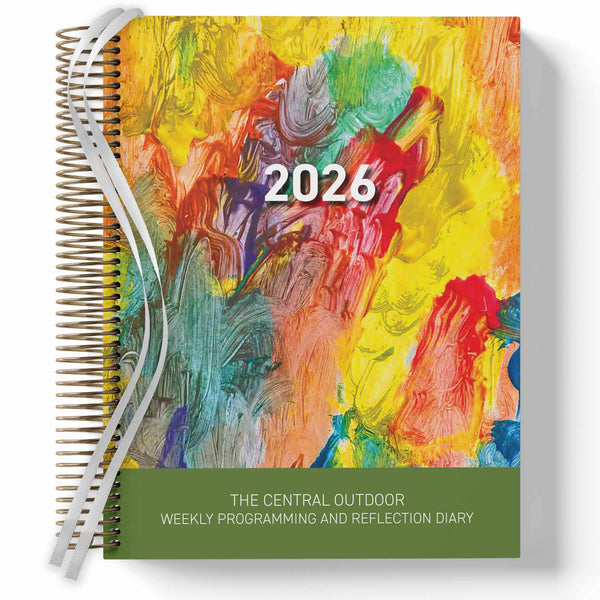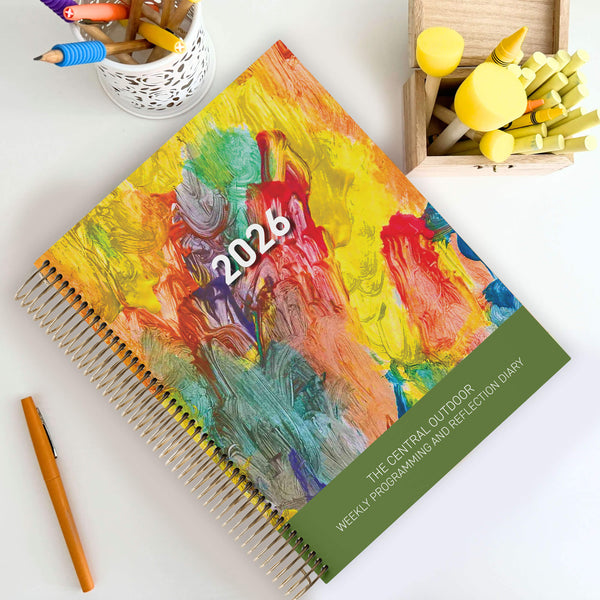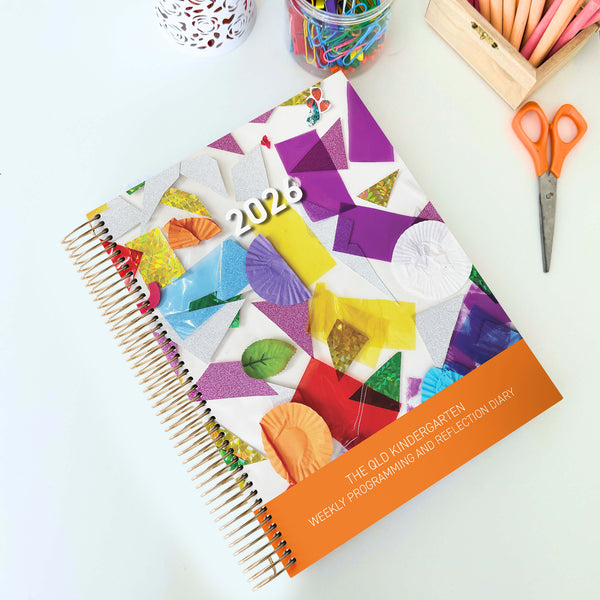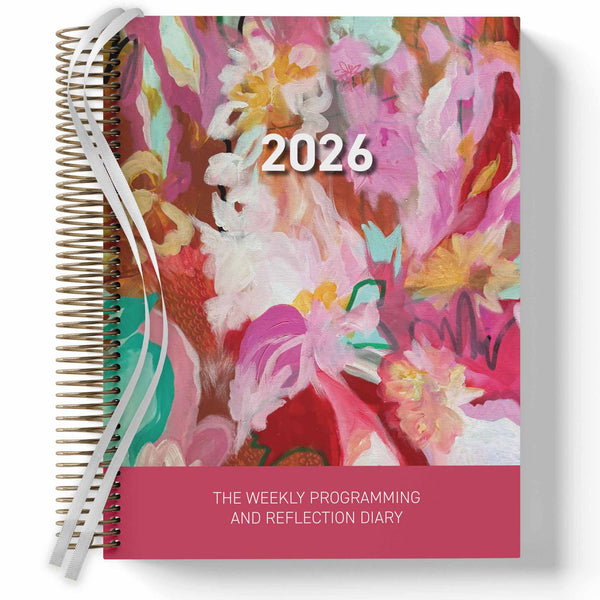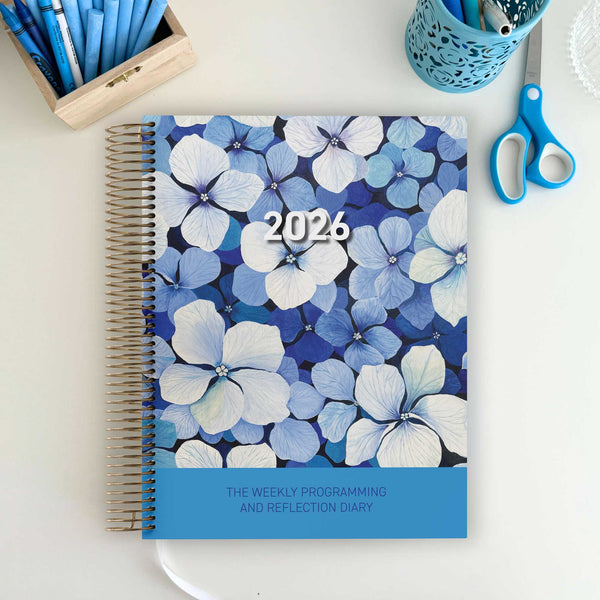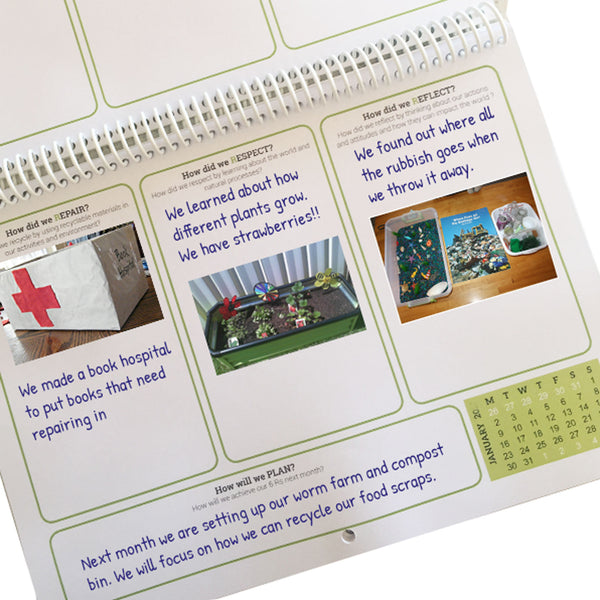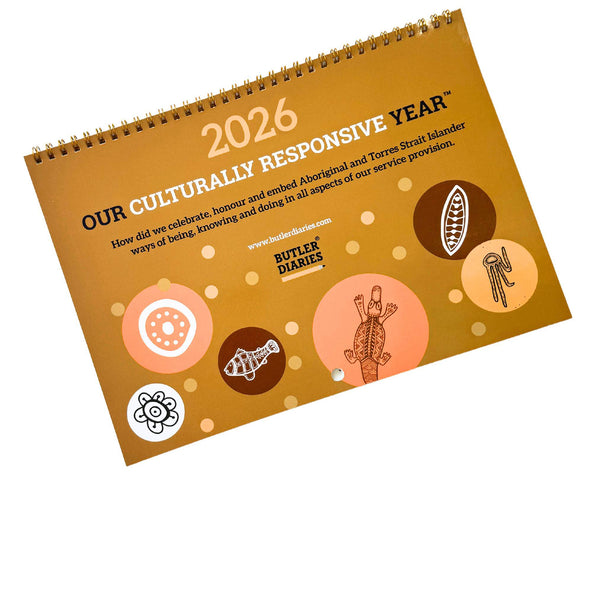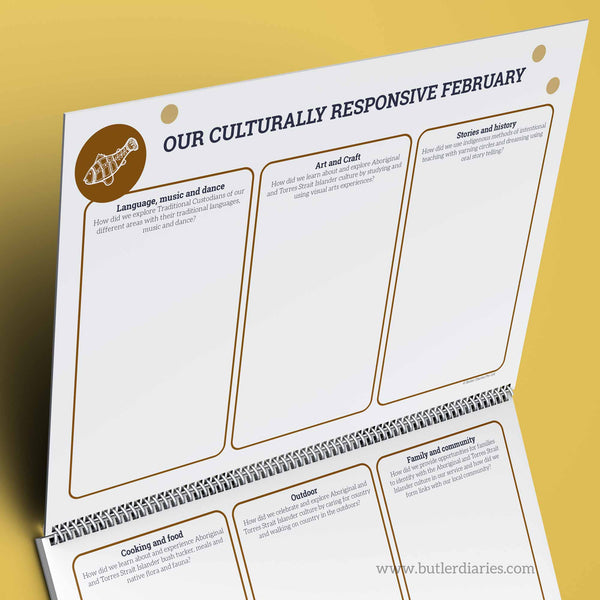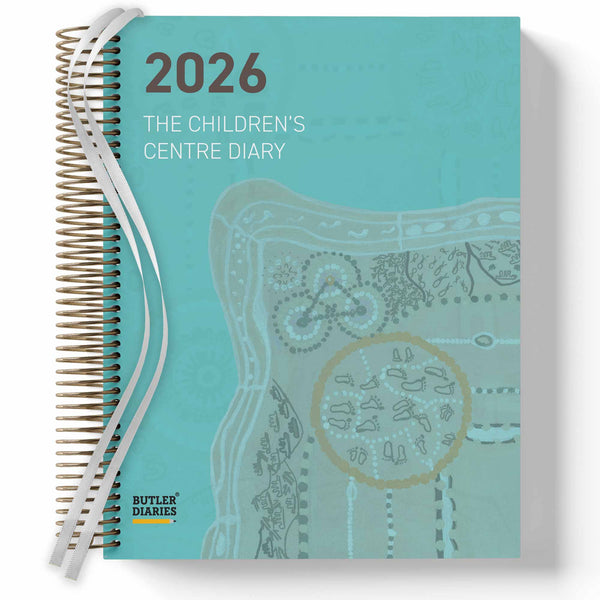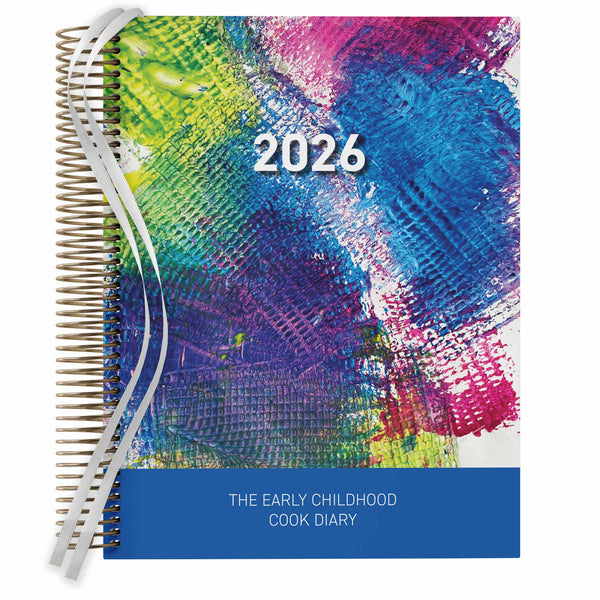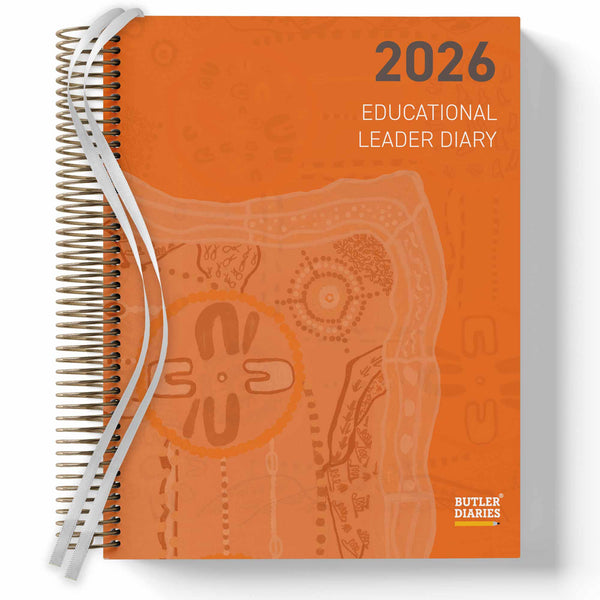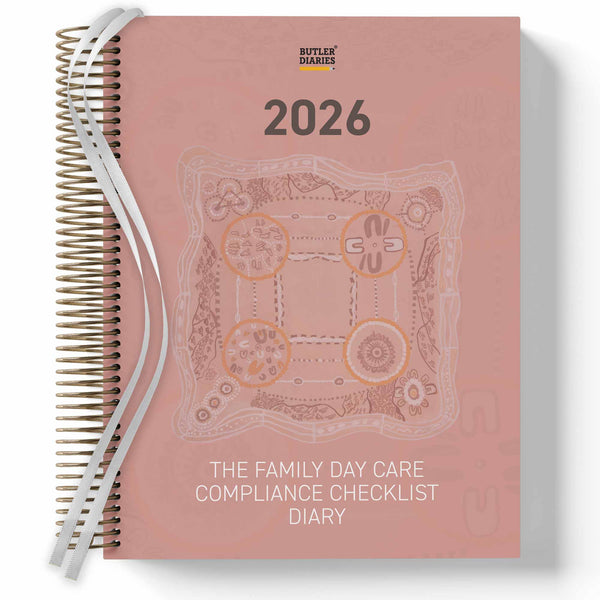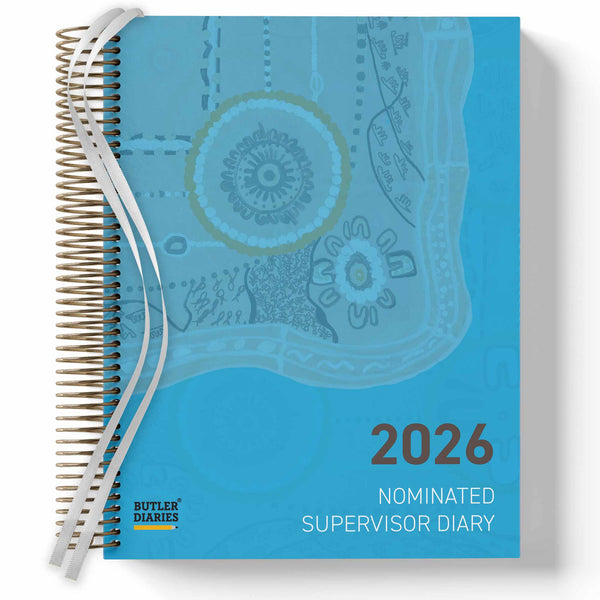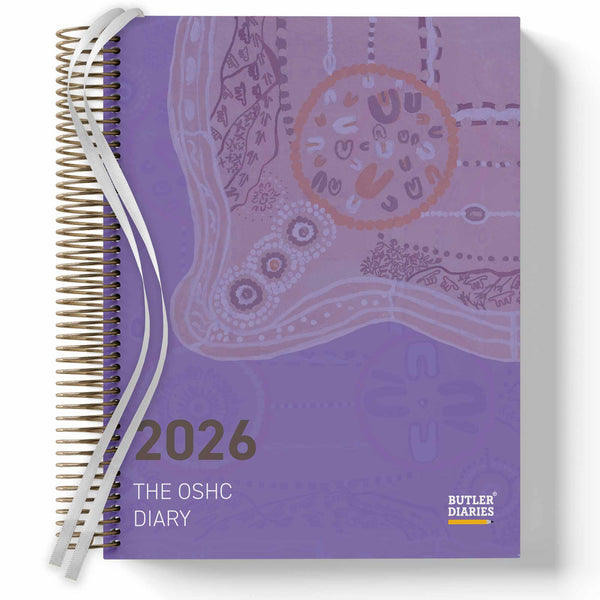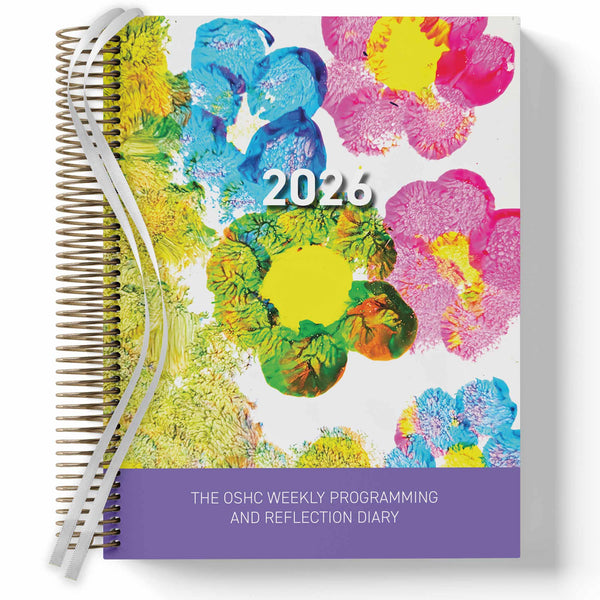Daily reflection journals help early childhood educators in Australia evaluate their teaching methods, track children's progress, and meet compliance standards like the EYLF and NQS. They improve teaching quality, support professional growth, and strengthen family-educator connections. Here's how you can start:
- What to Include: Record observations, children's milestones, daily reflections, future plans, and feedback from colleagues or families.
- Formats: Choose between structured templates for consistency or open-ended formats for flexibility. A hybrid approach works well for many.
- Benefits: Journals enhance teaching strategies, acknowledge children's achievements, and create transparency with families.
- Tools: Products like Butler Diaries offer structured layouts aligned with EYLF, simplifying reflection and compliance tasks.
To make journaling a habit, set aside 5 minutes daily or integrate it into your routine. Use prompts like "What went well today?" or "What could improve tomorrow?" to guide reflections. Whether you prefer hard copy or digital formats, consistency is key to turning documentation into a tool for growth.
Key Components of Daily Reflection Journals
Creating an effective reflection journal involves balancing clear structure with meaningful content. A well-designed journal not only ensures compliance but also offers valuable insights for professional growth.
Information to Include
A daily reflection journal should focus on capturing essential details that serve both regulatory needs and personal development goals. To maintain clear and compliant records, always use dates to organise your records.
Key details to include:
- Core observations: Document children’s activities, behaviours, and milestones linked to the Early Years Learning Framework (EYLF).
- Behaviours and responses: Note specific achievements, challenges, and reactions observed throughout the day.
- Reflection section: Use this space to critically analyse the day’s events, identifying what worked well and what could be improved.
- Future planning: Turn your insights into actionable steps for enhancing practice and outcomes.
- Feedback space: Include an area for input from colleagues, families, or children when appropriate. Collaborative feedback adds depth to the reflection process and offers diverse perspectives on children’s growth and experiences.
Additionally, consider including assessment notes, logs of communication with families, and insights from professional development activities. These elements enrich the journal and make it more comprehensive.
Structured vs Open-Ended Formats
The format of your journal can significantly impact the quality of your reflections. Whether you choose a structured template or a more open-ended approach depends on your preferences and professional needs.
- Structured templates: These provide pre-set sections and prompts, making them particularly useful for new educators. Templates ensure all essential elements are covered, maintain consistency across documentation, and simplify compliance tasks.
- Open-ended formats: These offer flexibility for experienced educators, allowing them to delve deeper into specific situations without being confined by rigid categories. This approach encourages critical thinking and adaptability.
- Hybrid approach: Many educators find combining both styles works best. Structured sections can address compliance and routine documentation, while open-ended spaces allow for more personalised reflections, monthly snapshots, and creative exploration.
Ultimately, the format you choose should support the primary goal of reflection: learning from daily experiences to improve your practices and enhance outcomes for children.
How to Design and Use Daily Reflection Practices
Incorporating reflection into your daily routine can be a game-changer for personal and professional growth. The key is to make it a consistent practice that blends seamlessly into your existing schedule while meeting any necessary compliance requirements.
Adding Reflection to Daily Routines
Reflection works best when it becomes a natural part of your day. Set aside a few minutes each day - perhaps at the end of your workday - to think about what went well, what could be improved, and what you might try next. Starting with just five minutes can make it manageable, and you can extend the time as the habit becomes second nature.
Many educators find it helpful to tie reflection to tasks they already do, like wrapping up observations or preparing for the next day's activities. Using prompts such as "What went well?", "What could I do differently?", or "What new strategies can I explore?" can make the process more focused and intentional.
"We do not learn from experience... we learn from reflecting on experience." – John Dewey
Reflection doesn’t have to look the same for everyone. Some people prefer traditional journaling, while others might find voice memos, discussions with colleagues, or even visual methods like sketches or mind maps more effective. The key is to find what works best for you.
Collaborating with colleagues in reflection groups can also be incredibly rewarding. These discussions offer fresh perspectives, help uncover blind spots, and provide mutual support. For instance, scheduling a 15-minute weekly reflection session with a teaching partner can lead to valuable insights.
Feedback from children, families, and colleagues is another important aspect of reflection. Honest input from these groups can highlight your strengths and point out areas for growth. Additionally, recording brief audio clips of group interactions or challenging moments can give you material to revisit later, helping you assess everything from instructional clarity to engagement strategies.
We provide tips on habit stacking and creating sustainable habits in our Digital Diary Guides to help you build habits around your Diary. Now, let’s explore how Butler Diaries can simplify and enhance these reflective practices.
Using Butler Diaries Tools
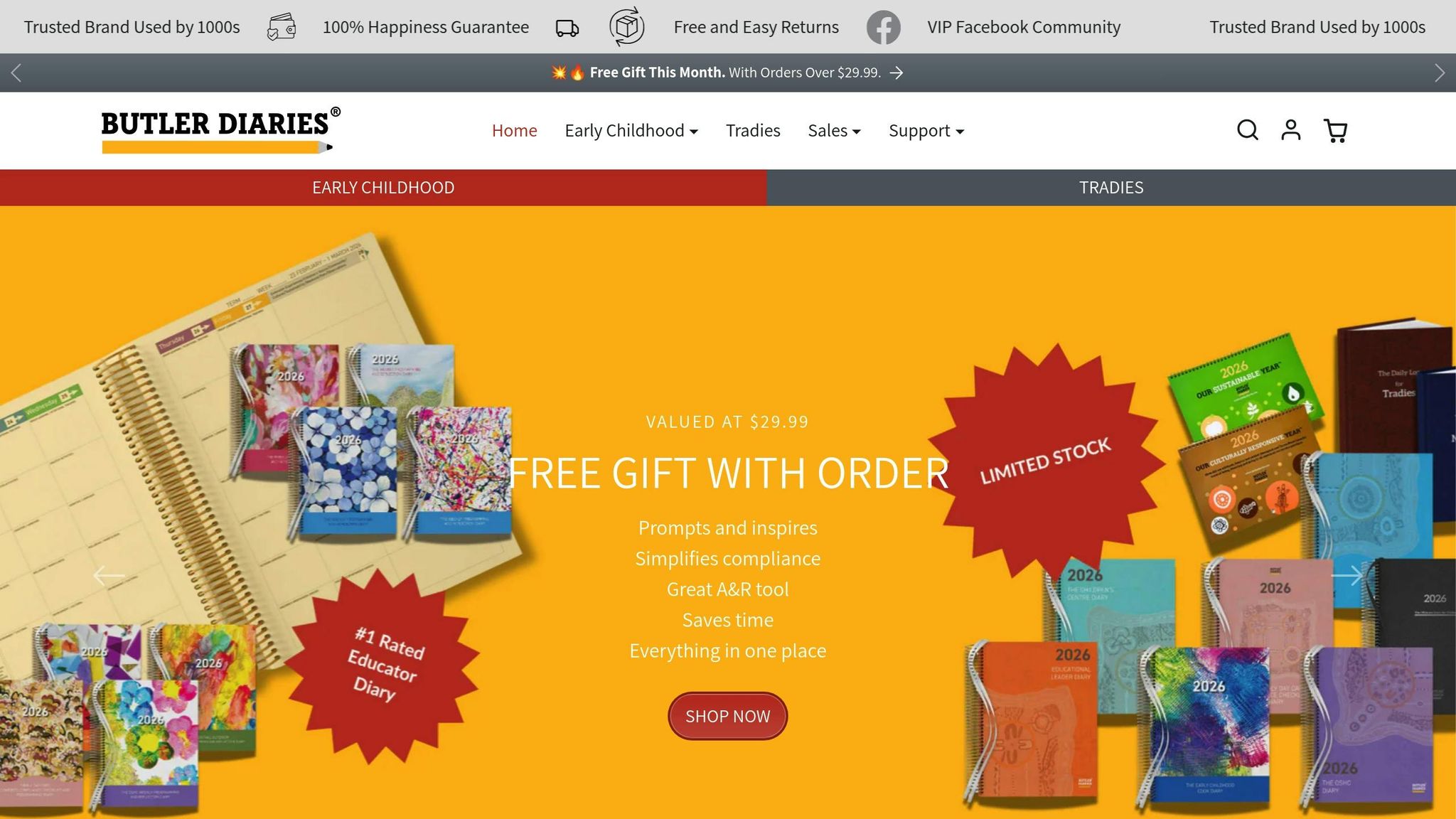 Butler Diaries offers practical tools designed to streamline reflection and documentation, making it easier to stay organised while meeting professional standards. These diaries provide a structured yet flexible framework that aligns with the Early Years Learning Framework (EYLF) and supports both personal development and compliance.
Butler Diaries offers practical tools designed to streamline reflection and documentation, making it easier to stay organised while meeting professional standards. These diaries provide a structured yet flexible framework that aligns with the Early Years Learning Framework (EYLF) and supports both personal development and compliance.
The diaries are built to last, with a durable hardcover and spiral binding that can withstand the demands of early childhood environments. Inside, you’ll find sections tailored for daily observations, weekly reflections, and forward planning. This layout ensures you have a comprehensive record of your professional journey, all in one place.
Each diary is thoughtfully designed with role-specific sections. For example, room leaders can focus on team reflections and program evaluations, while educators have spaces dedicated to child observations and learning outcomes. This targeted approach ensures your reflection time is relevant to your specific role.
One standout feature is the built-in EYLF alignment, which helps you connect your daily experiences to key learning outcomes. Pre-formatted sections guide you in documenting children’s progress, making your reflections directly useful for assessment and planning.
Butler Diaries also offers digital courses for just AUD $9.99, providing step-by-step guidance on how to maximise the diary’s potential. These courses cover strategies for building consistent reflection habits, using prompts effectively, and maintaining thorough documentation.
The diaries also embrace modern values, with a design that supports environmental awareness and cultural inclusivity. This thoughtful approach reinforces the importance of reflection in creating meaningful, responsive practices.
For those who like a personal touch, custom design options are available. Whether you prefer a simple layout or something more detailed, Butler Diaries can adapt to your reflection style while maintaining professional standards.
sbb-itb-706bda8
Templates, Prompts, and Journal Format Comparisons
Expanding on practical strategies for daily reflection, the following templates, prompts, and format comparisons provide hands-on tools to refine your approach. These templates and structured formats not only encourage meaningful reflection but also help meet early childhood standards.
Sample Templates and Prompts
Reflection templates should include sections for photos, experience descriptions, extension ideas, and tracking Learning Outcomes. This structured and visual approach ensures thorough documentation that supports both reflective practices and compliance.
Daily Reflection Template Structure:
A good daily template includes sections for observations, experiences, challenges encountered, and forward planning. Incorporate prompts to encourage deeper thought, such as:
- What unexpected learning emerged today?
- How did I respond to children’s interests and needs?
Weekly Critical Reflection Format:
Weekly templates are ideal for stepping back and gaining a broader view of your practice. Use them to record plans, reflect on team achievements and challenges, and evaluate the effectiveness of programming. This format helps identify patterns and trends that might go unnoticed in daily reflections.
Personal Growth Prompts:
To focus on professional development, consider prompts like:
- What teaching strategy felt most natural today?
- How did I support each child’s individual learning journey?
EYLF-Aligned Reflection Questions:
Align your reflections with the Early Years Learning Framework by asking:
- How did today’s activities support children’s sense of identity?
- What opportunities did I create for children to become confident and involved learners?
Family Partnership Reflection:
Strengthen home–education connections by including prompts such as:
- How did I incorporate family input into today’s program?
- What family strengths did I observe and build upon?
Gratitude and Growth Prompts:
Balance professional reflection with personal wellbeing by asking:
- What moment brought me joy today?
- What new insight did I gain about a child’s development?
Team Reflection Prompts:
Encourage team discussions with prompts like:
- What did we accomplish together today?
- How can we better support each other tomorrow?
Once you've explored these prompts, it's worth comparing journal formats to determine the best fit for your needs.
Comparison of Journal Formats
The format you choose for your reflections can significantly affect their effectiveness. Your decision should consider your specific needs, budget, and access to technology. Each format has its own strengths and challenges.
| Format | Pros | Cons | Best For | Cost Range |
|---|---|---|---|---|
| Hard Copy Diaries | Durable, no reliance on technology, easy to share with families, physical records | Can be lost or damaged, limited storage, harder to search | Educators and families, favouring traditional methods or with limited tech access | $69.99 (Butler Diaries) |
| Digital Templates | Searchable, easy to back up, supports multimedia, eco-friendly | Requires tech access, potential technical and privacy issues, screen fatigue | Tech-savvy educators or those with strong digital infrastructure | $9.99 (Butler Diaries digital courses) through to thousands for digital platforms |
| Hybrid Approach | Combines benefits of both formats, offers flexibility | Can be complex to maintain, risk of inconsistency | Large services with diverse staff preferences | Varies by combination |
Compliance Considerations:
Hard copy diaries are often better suited for regulatory requirements, as they provide permanent, tangible records. Digital formats excel in organisation and searchability but require robust backup systems to avoid accidental data loss.
Customisation Options:
Templates can be tailored to suit different early childhood settings, such as Long Day Care, Family Day Care, or Outside School Hours Care. Butler Diaries, for example, includes role-specific sections to address unique responsibilities, whether you’re a room leader focusing on team dynamics or an educator documenting individual child observations.
Accessibility and Long-term Storage:
When choosing a format, consider ease of sharing and long-term storage. Digital formats allow for quick searches and backups, while physical diaries offer a durable, tangible record. Adding elements like photos, captions, and colourful borders can make journals more engaging for families and stakeholders.
Experiment with different formats to find what works best for your routine. Whether you opt for Butler Diaries’ structured hard copy, digital templates, or a mix of both, the key is to remain consistent with your chosen method. Consistency ensures your reflections are meaningful and practical.
 Tips for Maintaining a Reflection Practice
Tips for Maintaining a Reflection Practice
Once you've set up an effective journaling system, the next challenge is sticking with it. Reflection is most impactful when it becomes a regular part of your routine, but finding the time and motivation can be tricky, especially during hectic periods. Here are some strategies to help you stay consistent.
Consistency and Motivation
Add Visual Cues
Keep a photo, a meaningful quote, or an inspiring object in your workspace. These small reminders can help you reconnect with your passion for teaching, even on the busiest days.
Celebrate Positive Moments
Make it a habit to jot down uplifting moments - whether it’s a kind word from a colleague or a breakthrough with a student. Noticing and recording these moments can boost your motivation and remind you why reflection matters.
Revisit Your Purpose
Take time to regularly write down or reflect on your reasons for becoming an edcuator. Revisiting your "why" can help you stay grounded and focused, even when challenges arise.
Set Manageable Goals
Tailor your reflection practice to fit your schedule. On busy days, jot down quick notes or key takeaways. When you have more time, dive deeper into your thoughts and experiences. Keeping things flexible ensures you can sustain the habit without feeling overwhelmed.
Conclusion: Professional Growth Through Reflection
Daily reflection journals can transform routine documentation into powerful opportunities for growth. As Deidra Boodoo from Rasmussen University explains:
"Intentional reflection is not about creating more work for yourself. It's about stepping through the noise and chaos of your daily routines to notice what is and isn't working - then making adjustments that improve your day and your work".
By embracing a habit of reflection, educators can sharpen their teaching skills and develop a deeper emotional understanding. This practice allows educators to better address the unique needs of children, fostering more responsive and supportive learning environments. The Housman Institute highlights this connection, stating:
"Reflective Practice creates an environment that promotes self-reflection, empathy, understanding, support, and both personal and professional growth" .
Such practices not only enhance teaching effectiveness but also contribute to long-term sustainability in the profession.
Reflection journals also serve as a valuable tool for preventing burnout. They encourage educators to step back, assess their environment, and approach challenges with a fresh perspective. This simple act of pausing can reduce the overwhelm of planning and refocus attention on children's learning. Karen Mardock, Director of Operations, captures this idea perfectly:
"Reflection isn't about perfection - it's about progress, shifting your focus from what went wrong to how you can grow".
The key to success lies in finding a style of documentation that works for you. Whether you prefer a structured template or a more open-ended approach, the format should fit naturally into your daily routine. Even a brief five-minute reflection can make a meaningful impact, helping you refine your teaching practice while laying the foundation for ongoing professional development.
FAQs
How do daily reflection journals support early childhood educators in meeting EYLF and NQS standards?
Daily reflection journals serve as an essential resource for early childhood educators, helping them align with compliance standards like the EYLF (Early Years Learning Framework) and NQS (National Quality Standard). These journals offer a systematic way to document teaching practices, assess outcomes, and pinpoint areas needing improvement - all while staying in step with national quality frameworks.
By engaging in regular reflections, educators can strengthen self-assessment, monitor their progress, and showcase a dedication to ongoing growth. This practice not only supports meeting compliance requirements but also contributes to professional development and creates a more enriching learning environment for children.
What are some helpful prompts to include in a daily reflection journal for early childhood educators?
Incorporating reflective prompts into a daily journal can be a powerful way for early childhood educators to assess their teaching and grow professionally. Here are a few examples of prompts that might guide this process:
- Am I providing a safe, welcoming, and inclusive space for every child?
- Were the experiences today engaging, suitable for the children's age, and aligned with our learning objectives?
- What worked well in my approach today, and what might I tweak for tomorrow?
These kinds of questions promote self-awareness and encourage ongoing improvement. They help educators evaluate their interactions with children, the organisation of their classroom, and the effectiveness of their teaching strategies. By tailoring these prompts to your specific experiences, you can ensure your reflections remain relevant and support best practices in early childhood education.
How can educators easily include daily reflection in their routine without it becoming overwhelming?
Educators can weave reflection into their daily routines effortlessly by keeping the process straightforward and practical. For example, taking a moment to jot down brief notes at the end of the day or after significant activities can make reflection both manageable and impactful.
Another practical method is to use natural transitions, like the time after outdoor play or during quiet moments, as opportunities to reflect. This approach allows reflection to become a regular habit without feeling like an added task. By embracing these small, consistent practices, educators can reflect meaningfully while keeping their schedules balanced.








